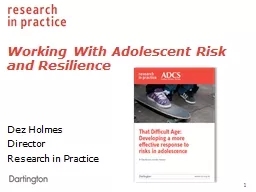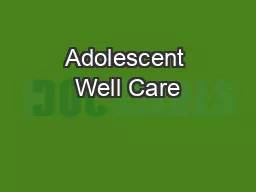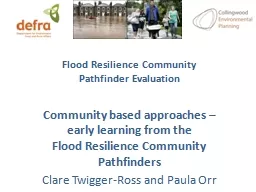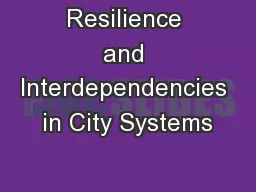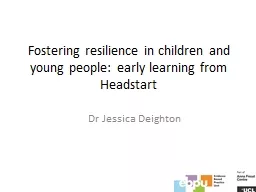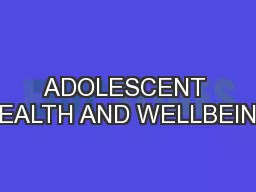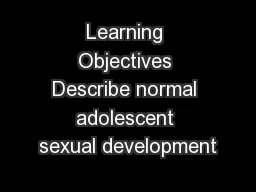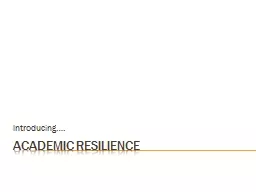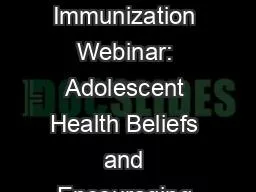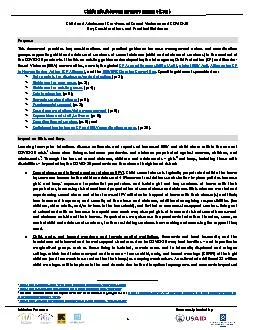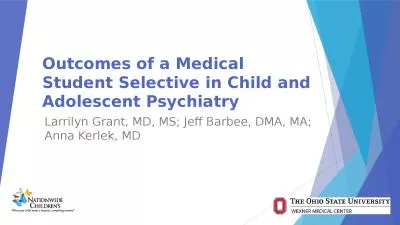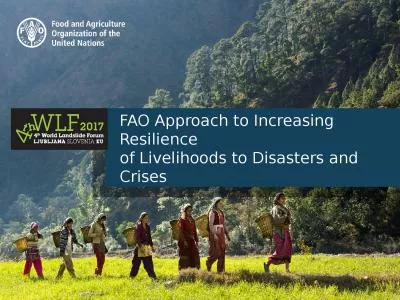PPT-Working With Adolescent Risk and Resilience
Author : olivia-moreira | Published Date : 2017-09-09
Dez Holmes Director Research in Practice 1 What makes adolescents so special The range nature and causes of adolescent risks are different than those faced
Presentation Embed Code
Download Presentation
Download Presentation The PPT/PDF document "Working With Adolescent Risk and Resilie..." is the property of its rightful owner. Permission is granted to download and print the materials on this website for personal, non-commercial use only, and to display it on your personal computer provided you do not modify the materials and that you retain all copyright notices contained in the materials. By downloading content from our website, you accept the terms of this agreement.
Working With Adolescent Risk and Resilience: Transcript
Download Rules Of Document
"Working With Adolescent Risk and Resilience"The content belongs to its owner. You may download and print it for personal use, without modification, and keep all copyright notices. By downloading, you agree to these terms.
Related Documents

